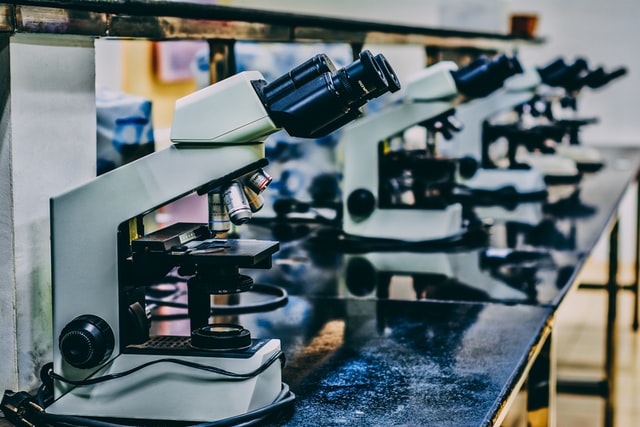Engineering advanced antibody molecules employs all the scientific and engineering tools modern science has to offer. In the 1990s, major breakthroughs in creating monoclonal antibodies led to unprecedented approvals by the U.S. Food and Drug Administration for commercial therapeutic uses of humanized antibodies. Today, more than 20 antibodies enjoy FDA approval to treat immune disorders and cancers. The body’s immune system uses natural antibodies to fight infections, bacteria and viruses, and the classic technique of creating serums from blood offers promising treatment options for H1N1 patients who fail to respond to drug therapies.
laboratory
Historical Roots of Convalescent Plasma Therapy
The basic idea of using antibodies to fight diseases and epidemics has fueled advances in medical science for generations, but the medical process has simple roots. Physicians and medical researchers collect blood from patients who have survived certain diseases.
The plasmapheresis process removes blood cells from the plasma by spinning blood in centrifuges or using special filters.
The leftover plasma contains antibodies that physicians can safely inject into sick patients to strengthen their abilities to fight infections.
The first use of the process began in 1898 with Fibiger’s clinical trial of serum to treat diphtheria.
Physicians tried the technique during the Pandemic of 1918, which media often compare to the N1N1 viral outbreak, but the strategy received ambiguous medical results.
Advanced Medical Techniques Offer Brighter Prognoses
Antibody research makes many treatments possible such as gene therapy, cancer treatment and engineered antibodies with chimeric designs that mimic the benefits of evolutionary advances. Classic blood serums offer treatments for many pathogens, and modern lab techniques screen donors for various diseases such as hepatitis B, HIV and syphilis. Plasma heating helps to remove possible collateral pathogens. There are many companies that supply a database of antibodies online, so that labs across the world can look for the specific antibody they need, and order it with ease.
H1N1-shotThe University of Hong Kong and virologist Kwok-Yung Yuen published the results of a research study on the effects of convalescent plasma on patients who developed the H1N1 influenza and failed to respond positively to Tamiflu therapy. The study was conducted between September of 2009 and June of 2010. People who received the antibody therapy had significantly higher recovery rates. In the control group, 55 percent of the patients died from the virulent H1N1 pathogen, but only 20 percent of the group that received antibody treatment failed to recover from the infection.
Seasonal flu kills people worldwide every year, and people with weakened immune systems, elderly patients and children face higher risks of contracting these life-threatening illnesses. Future viral infections could pose substantial public health risks, but convalescent plasma offers treatment options for novel diseases when patients fail to respond to conservative treatments.
During pandemic outbreaks of viral infections, antiviral drugs and antibiotics might be unavailable. Benefits of convalescent plasma include the following advantages during medical crises:
Technicians can synthesize plasma locally to treat patients.
Serum therapy has effectively treated health disorders for more than a hundred years, and doctors have used serums to treat pneumococcus, diphtheria, measles, mumps and meningococcus.
Antibody therapies eliminate the problems of drug resistance.
Emerging microbial threats develop resistance to antibiotic and antiviral treatments. Immunosuppressed patients face poor prognoses when they contract novel diseases, but classic convalescent therapies could offer greater hope during epidemic situations. Antibody therapies treat many serious diseases, destroy malignant tumors and stimulate natural immune responses in patients to turn their own cells into sophisticated disease-fighting factories. This therapy has shown promising results for treating patients with H1N1 virus or swine flu.

